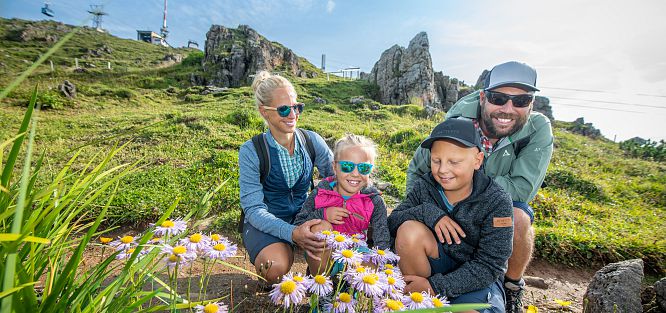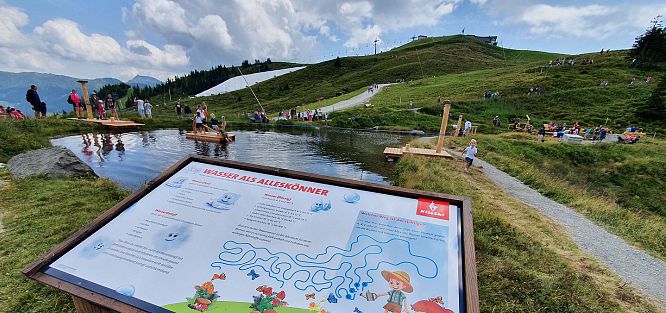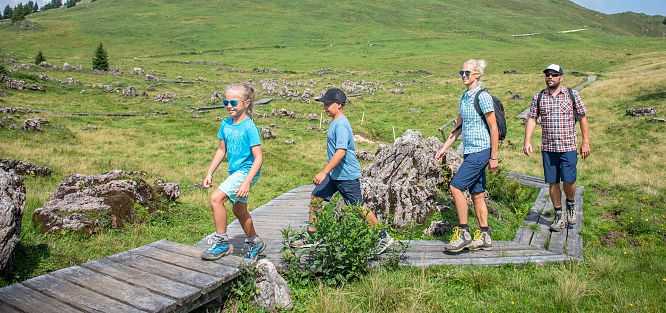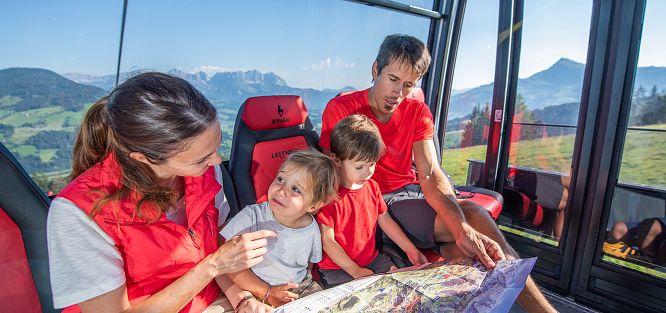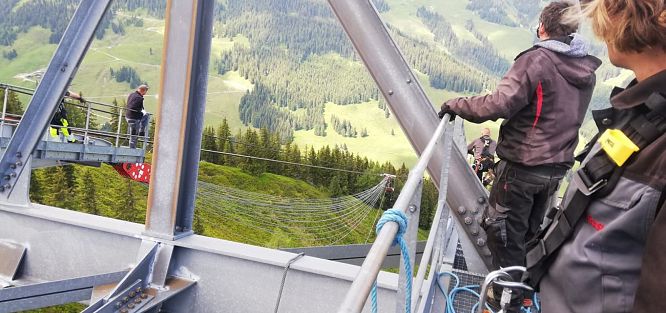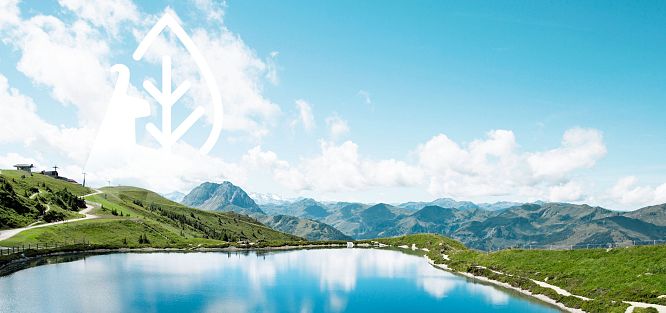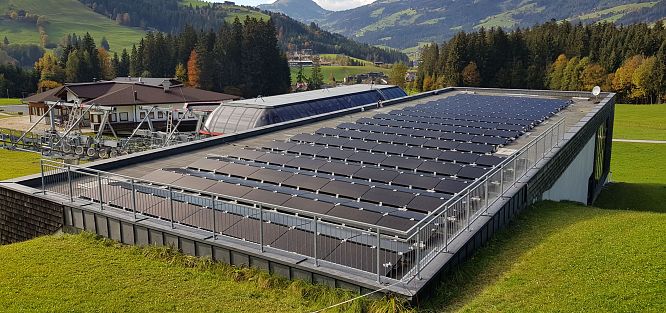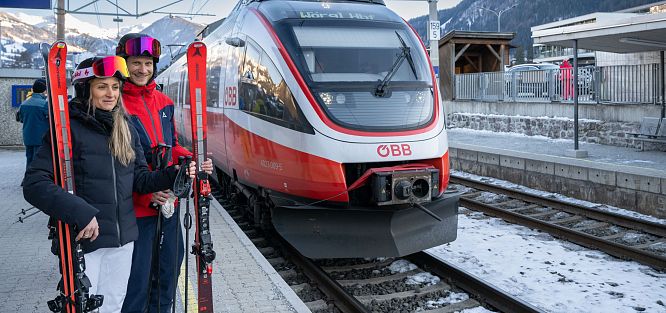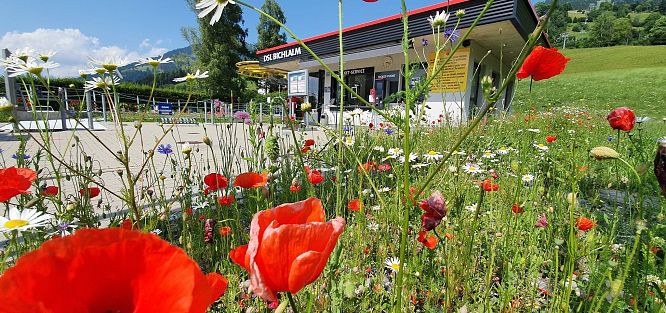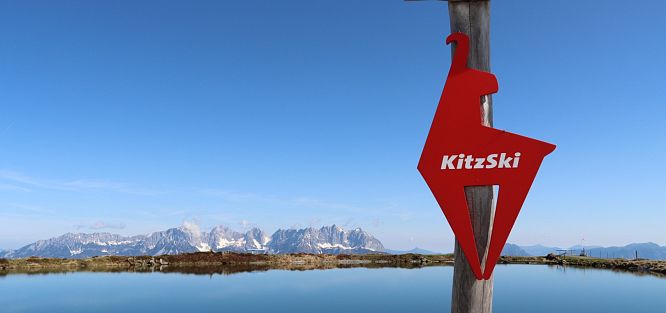Natural species diversity
Our pistes, trails and hiking trails lead past lakes, across mountain pastures or through forests.
To ensure the sustainability of this experience, measures are taken to support the diversity of species, diversity within the species and diversity of ecosystems.
Natural biodiversity is a prerequisite for ensuring that the environment is both healthy and resilient.
Ecology in construction projects
- Vegetation mapping
- Expert report on animal ecology
- Expert geological report
- Expert report on avalanche, torrent and forest hazards
- Site-appropriate revegetation
- Compensation areas
- Maintaining vegetation cover during earthmoving
- Reduction of soil sealing through underground railway station
- No clearing during the breeding season
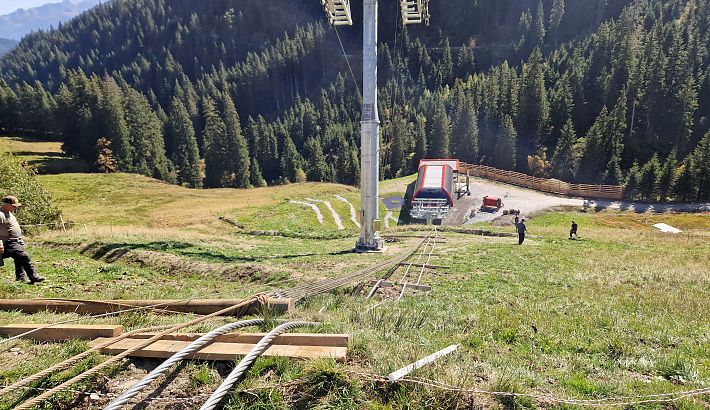
We take natural requirements into account right from the project planning stage. For all construction projects, the primary objective is to ensure harmonious interactions between living organisms and their environment (ecology). In addition, project reviewers provide their expertise in advance, especially in the natural science disciplines of geology, wildlife biology and limnology (structure and function of freshwater ecosystems). We also consider forestry requirements.
This approach is important in order to reconcile the interests of ecology and economy in terms of sustainability. "We devote a lot of time to the preparation phase. By working together with experts and authorities, we optimise our processes in advance so that projects can be implemented quickly and smoothly," says the KitzSki CEO
Biodiversity areas
- Free space for nature
- Active promotion of natural biodiversity
- As many different species and varieties as possible
- As few human interventions as possible for maintenance
- Benefits for humans, insects, small mammals and birds
- Native plants: coniferous and deciduous trees, wild fruit, berry bushes, herbs, wild flowers
- Rarities: rare, old fruit varieties and berry bushes
- Support measures to encourage humus formation
- Artificial habitats for insects, small mammals and birds
- Ongoing documentation of the areas, plants and animals
Additional information
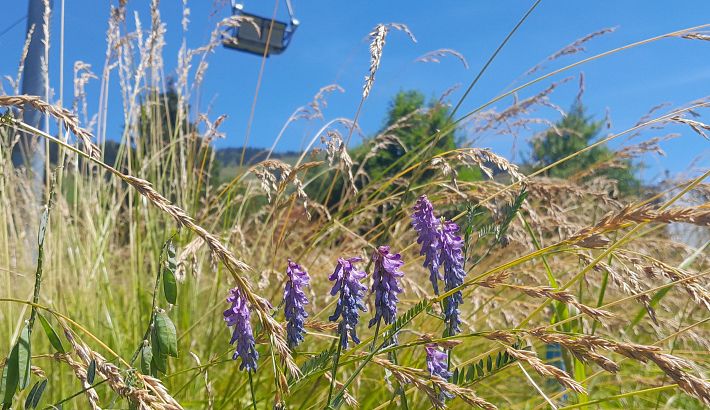
In our biodiversity areas, we give nature time and space to develop freely. We only enter the area for minor interventions, for example when we have to cut back extremely competitive plants or introduce new, invaluable species.
The positive effects are already visible in the first few years:
The vegetation is changing, becoming more robust and diverse.
Small mammals, amphibians, insects and birds find food and shelter.
Plants and animals ensure that the soil is better aerated and can absorb more nutrients and water.
Over time, increasingly demanding plants find ideal conditions and can colonise.
Forest and game – protected areas
- 12 defined protected areas in the area
- Signposting and marking
- Regular checks of the safety measures
- Presentation on map materials (print and online)

